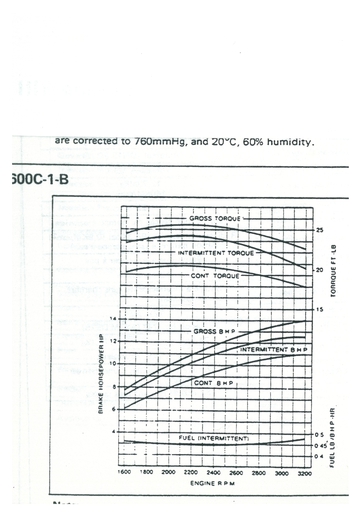blue_tractor_man
Member
I have 3 Kubota ZB600 2 cylinder diesel engines that I am using to drive centrifugal agricultural pumps. They are mounted on a truck and drive the pumps via a belt. (One pump per engine). I have the option of running the engine at any speed I want by changing pulley sizes. The pumps require about 5 HP to operate in the range that we use them. The engine is rated at 12 HP at 3200 RPM, but in a Kubota generator application they operate at 3000 while belt driving the generator at 3600 RPM.
The engine sounds like it hits a sweet spot at about 3000 RPM.
My questions: By looking at the attached performance chart, what would be the best RPM to operate the engine to achieve maximum engine life, fuel efficiency, sound reduction? Are those goals mutually exclusive?
The engines run 8-12 hours per day from March 1 -Sept 15.
These are the same engines I asked yesterday about intake valve wear. Thanks for the answers!

The engine sounds like it hits a sweet spot at about 3000 RPM.
My questions: By looking at the attached performance chart, what would be the best RPM to operate the engine to achieve maximum engine life, fuel efficiency, sound reduction? Are those goals mutually exclusive?
The engines run 8-12 hours per day from March 1 -Sept 15.
These are the same engines I asked yesterday about intake valve wear. Thanks for the answers!


